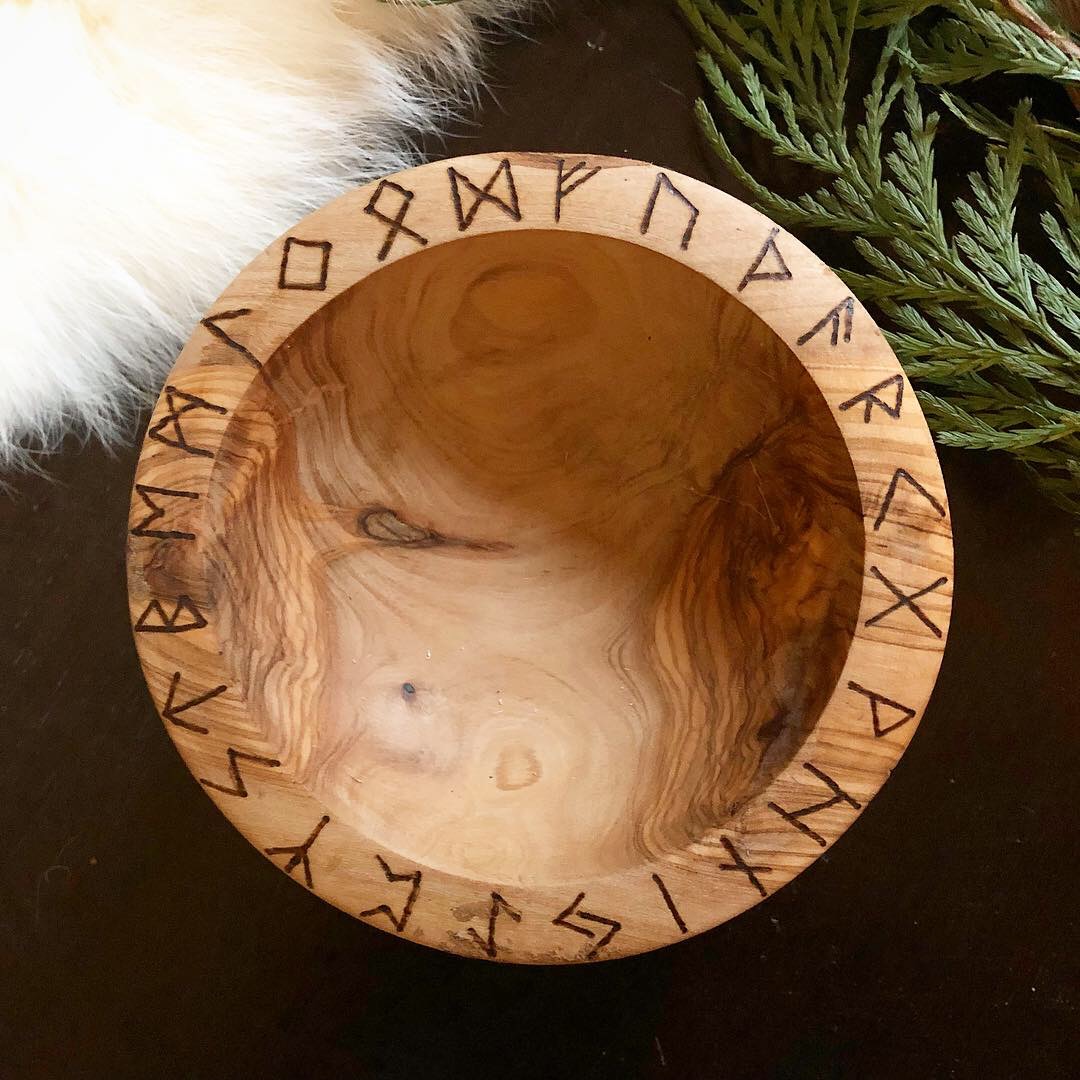What Are Runes?
Runes are the symbols that make up the alphabets used to write Germanic languages for many centuries, before the Latin alphabet (which we still use today) rose in popularity.
Scholars call symbols in the Latin alphabet “letters” and the symbols in the Germanic alphabets “runes” to differentiate them for historical reasons, but letters and runes ultimately served the same purpose — they allowed a group of people to write down words that would otherwise only exist in oral tradition.
Runic alphabets were multi-functional; in addition to being phonetic symbols, meaning they represented the spoken sounds of Germanic language, they were also visual symbols of elements of the natural world that were important in Norse society.
There were several different runic alphabets used throughout the centuries. The two most famous are:
The Elder Futhark, which was the first written alphabet of the people who would become known as Vikings
The Younger Futhark, which is a simplified version of the Elder Futhark and the primary written alphabet used during the Viking Age
In Norse mythology, the god Odin is responsible for bringing knowledge of the runes (in this case, the Elder Futhark) to the gods, and ultimately to humanity. The word “rune” derives from the Germanic root word “run-,” which meant secret or whisper; when Odin learned the runes, he unlocked not only their meaning, but their power to create something from nothing using their sounds in magic ritual. The story of Odin’s self-sacrifice to learn the runes was a cornerstone of Old Norse society, and so even as the Vikings used the Younger Futhark to record their deeds on runestones around the world, they viewed the Elder Futhark as a symbolic source of power given to them by the Allfather.
Even though a Völva was responsible for acts of divination in Old Norse society, the runes were accessible to both men and women and were respected for their multi-faceted power. There is no direct historical documentation of runes used in divinatory practice but the appearance of runes on items like weapons, jewelry, talismans, and within Spell Staves shows evidence of their use in spiritual or ritual practices.
Runes from both the Elder Futhark and Younger Futhark are used extensively in modern Norse culture, and in popular culture as well. Though both alphabets can be used for divinatory purposes, the Elder Futhark continues to be the more popular choice, often for its direct connection to Odin and the Aesir. As a modern day Völva, I personally favor the Elder Futhark and use it for all my divination work and rune readings.
To view the 24 runes of the Elder Futhark alphabet, paired with both their literal meaning as well as my own symbolic interpretations, click here.
Additional Resources:
If you would like a PDF copy of the Elder Futhark runes and their meanings, click here.
To learn more about my divination services and customized Rune Readings, click here.
To join my mailing list and receive a monthly Lunar Rune Reading full of intuitive guidance at every new moon, click here.
The full Elder Futhark, wood-burned on a ceremonial runic offering bowl crafted by Shieldmaiden’s Sanctum.
